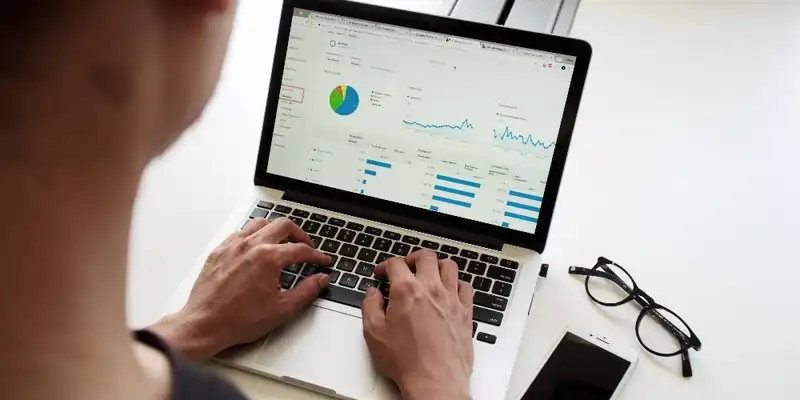Vendor Cost Analysis- How to Examine Supplier Cost Effectiveness
When businesses can find cost-effective suppliers to meet all of their inventory needs, they can begin creating long-term partnerships to benefit both parties.
Vendor analysis is a criterion in which a company judges a supplier based on their overall production value and efficiency. Businesses can also utilize a cost analysis that provides data on an item's total cost to determine if its manufacturer price is sensible.
By using these elements as a gauge, businesses can choose new suppliers or consolidate their existing vendors to prioritize those providing the best overall service. Running this analysis periodically ensures that the supplier is still meeting the company's product fulfillment needs.
Data collected from the vendor cost analysis allows management to determine which manufacturers offer the best product services and costs that promote their bottom line.
Cost Analysis vs. Price Analysis

While often used interchangeably, cost and price analyses are two very different processes.
Price Analysis
The price analysis is the less complicated strategy of the two, solely focusing on the market prices of similar products. The main goal of this method is to determine whether a vendor's set price for an item is reasonable.
Price analysis for an item can be conducted quite easily by-
- Researching e-commerce sites to find an average online retail price.
- Contacting multiple manufacturers to discuss how they set their prices.
- Asking competitors within the market what they normally pay for a product.
Cost Analysis
On the other hand, cost analysis considers a good's overall value through direct and indirect costs. This strategy is more complex as it seeks to break down the value into a comprehensive format. Companies perform cost analyses when manufacturers are unable to provide a direct item cost or are producing a unique product that is not yet offered on the market.
To conduct a cost analysis, businesses must first examine the direct costs of an item, such as-
- Labor wages
- Materials
- Fringe benefits
- Travel
Then, the company must consider the indirect costs, including-
- Advertising/Marketing
- Legal fees
- Repairs
- External labor wages
- Communication
- Insurance
- Taxes
- Depreciation
- Overhead costs
The Vendor Cost Analysis Process

Similarly, a vendor cost analysis incorporates terms from the cost analysis with an overall supplier assessment to decide if the products and prices offered are economical. Businesses should initially judge a vendor based on their-
- Reputation
- Profit levels
- Reliability
- Business model
- Delivery time
- Discounts
- Payment terms
- Quality and cost of goods or services
- Financial stability
- Production capabilities
- Staff experience
When businesses have narrowed options using this criterion, sellers are then compared using the cost analysis to determine which contributes the most to final profits. Companies should pay close attention to material costs required for working with suppliers, including-
- Overpriced items
- Delivery costs, including expedited shipping
- Storage costs
- Any extra staff
- Damaged goods
- Early invoice payment requests
Terminating a company's relationship with a vendor can be daunting. Therefore, businesses must weigh every direct and indirect benefit the supplier provides against their costs before making the final decision.
Using the result of vendor cost analyses to find and create partnerships with reliable vendors helps streamline a company's procurement solution. Establishing a manufacturer-distributer relationship can offer many benefits, including discounted goods, guaranteed high-quality products, and exclusive deals.
Steady partnerships also increase procurement efficiency by saving the company time and resources needed to find new vendors when fulfilling an order. Therefore, conducting these analyses ensures the business's needs are being met by the most efficient and economical supplier.
Using Automated Systems to Find New Vendors

When a business needs to find new suppliers, an automated system can provide the most comprehensive results. Ordering software can search for local markets based on products or suppliers to find the best rates. Full catalogs are also available upon request, providing up-to-date prices to prevent inaccurate order calculations. From there, management can connect directly with the vendor and consolidate all orders to minimize purchase costs.
Users are also alerted when vendors change their product rates. Price trends are automatically tracked for every purchased item and the history of its cost fluctuation is displayed. With this data, managers can accurately decide which seller offers the best price points, reducing ordering expenses, and increasing profit margins.
The procurement process is only as efficient as its supply chain. Vendor cost analysis provides a comprehensive method that determines if a supplier contributes or hinders a company's bottom line. Regularly running this assessment can save businesses time, resources, and profits in the long run.






